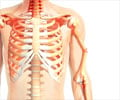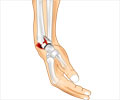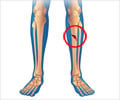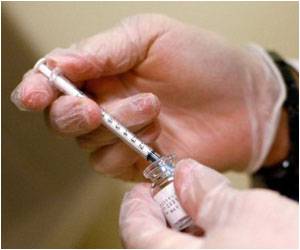Potentially inappropriate medications are associated with a higher risk of fracture and mortality, finds a new study.

‘Potentially inappropriate medications (PIMs) is defined as medicines whose potential risks are higher than their clinical benefits which can increase the risk of fracture and mortality.’





Medications are divided into four categories: A "Suitable for the older persons," B "There is little evidence, practical evidence or efficacy in older persons," C "Suitable for older persons, with specific cautions," and D "Avoid use in older persons." The most commonly used international criteria (Beers, STOPP/START, and Laroche) were taken into account when creating the database.
Nationwide registers were used to follow over 20,000 community-dwelling people aged 65 years between the years 2002 and 2013. Matching persons were identified from the non-users group for those persons who purchased PIMs during the 12-year follow-up.
The study indicates that the risk of fracture-specific hospitalization and mortality is higher when initiating PIMs. Previous studies conducted in Europe have not investigated hospital costs associated with PIM use with as long a follow-up as this study.
PIM prescription always requires clinical grounds, which take account of the risks related to medication treatments. The purpose of the Meds75+ database is to support clinical decision-making on the pharmacotherapy of patients over 75 years of age and to improve the safety of medication in primary health care. Meds75+ is available free of charge at Fimea's website.
Advertisement















